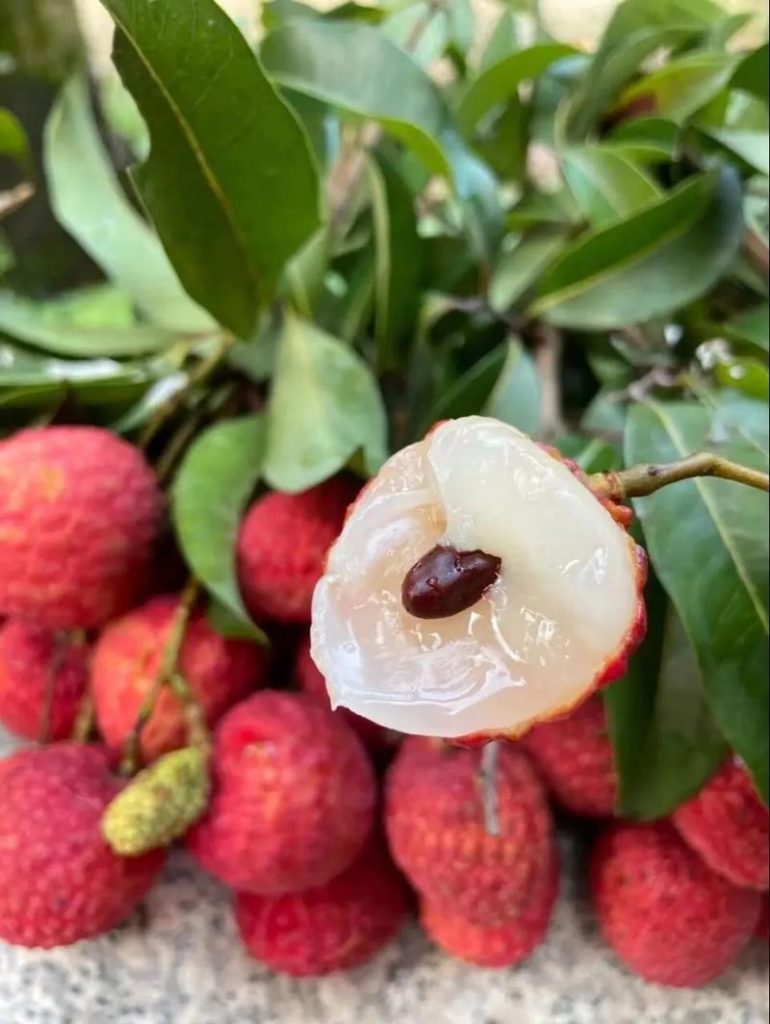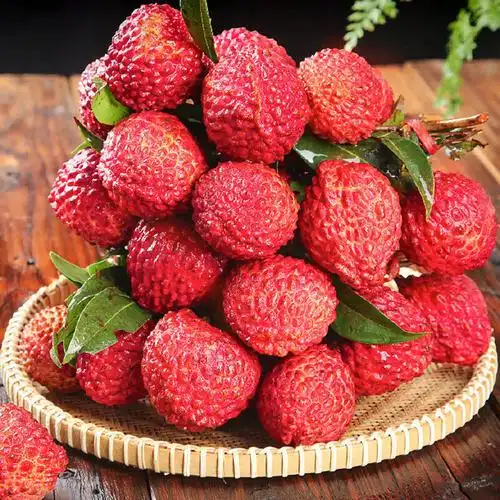


As the world’s largest producer and exporter of lychees, China offers unparalleled opportunities for importers seeking high-quality, affordable fruit. However, navigating the complexities of sourcing, regulations, and logistics requires strategic planning. This guide unpacks everything you need to know about importing lychees from China, from selecting suppliers to overcoming challenges.
—
Why Import Lychees from China?
1. Global Market Leadership: China accounts for 85% of global lychee production, offering unparalleled supply volumes (over 2 million tons annually).
2. Cost Efficiency: Competitive pricing due to economies of scale, with prices ranging from $3–8 per kg depending on variety and season.
3. Diverse Varieties: Over 30 cultivars, including premium Shixia (crisp sweetness) and Nuomici (juicy texture), cater to diverse markets.
—
Key Steps to Import Lychees from China
1. Source Reliable Suppliers
– Certifications: Prioritize suppliers with HACCP, GlobalG.A.P., or EU Organic certifications to ensure compliance with import regulations.
– Track Record: Verify experience in exporting to your target market (e.g., EU, U.S., Middle East).
– Technology Use: Look for blockchain-traceable suppliers like Guangdong Lychee Co. for transparency.
2. Understand Import Regulations
– EU: Requires phytosanitary certificates, pesticide residue testing (e.g., chlorpyrifos banned), and EU Organic certification for organic batches.
– U.S.: FDA mandates Listeria and Salmonella testing, with strict labeling for allergens and nutritional content.
– Middle East: Halal certification required for entry into Saudi Arabia and UAE.
3. Logistics & Cold Chain Management
– Air Freight: Opt for priority cargo flights (e.g., China Southern Airlines) to ensure 48-hour delivery to Europe or North America.
– Pre-Cooling: Ensure suppliers use forced-air cooling to 0–2°C within 2 hours of harvest.
– Refrigerated Containers: IoT-enabled reefer containers maintain 0±0.5°C during transit.
4. Quality Assurance
– Pre-shipment Inspections: Hire third-party auditors to verify pesticide levels and grading standards.
– Blockchain Tracking: Use platforms like VeChain to monitor temperature logs and handling history.
—
Top Challenges & Solutions
1. Pesticide Residue Compliance
– Solution: Partner with suppliers using Integrated Pest Management (IPM) to reduce chemical use by 40%.
– Testing: Pre-shipment labs in Guangdong screen 100% of batches for 400+ contaminants.
2. Customs Delays
– Solution: Leverage AEO (Authorized Economic Operator) certifications for expedited clearances.
– Documentation: Automate customs paperwork using blockchain platforms like IBM Food Trust.
3. Seasonal Supply Fluctuations
– Solution: Diversify sourcing regions (e.g., Guangdong for peak season, Hainan for off-season).
—
Market Insights & Opportunities
1. Europe: The Largest Importer
– Germany: Imports 12,000 tons annually for Michelin-starred desserts and ready-to-eat platters.
– France: Michelin chefs pay €8–12 per 500g for air-freighted Shixia Lychee.
2. Middle East: Premium Pricing
– Dubai: Halal-certified lychees sell for $15 per pound during Ramadan, driven by luxury demand.
3. North America: Growth in Organic Sales
– Whole Foods Market: Sources “single-origin” Zhenzhu Lychee via blockchain-traced Hainan orchards.
—
Case Study: Sourcing Lychees for a German Retailer
A Berlin-based organic grocer partnered with Yunnan Organic Lychee Co-op to source EU-certified fruit:
– Process: Blockchain-tracked, pesticide-free lychees shipped via air freight.
– Result: 30% higher margins due to premium pricing; zero rejections in 2 years.
—
Future Trends Shaping Lychee Imports
1. Carbon-Neutral Logistics: Biochar-powered cold storage and sustainable aviation fuel (SAF) trials.
2. Direct-to-Consumer (D2C) Models: E-commerce platforms like Alibaba International streamline B2B/B2C shipments.
3. Regenerative Agriculture: EU’s Farm to Fork Strategy prioritizes suppliers using soil health practices.
—
Why Import from China?
– Consistency: Year-round supply with 72-hour air freight options.
– Sustainability: Eco-friendly practices meet EU Circular Economy Action Plan.
– Innovation: AI sorting, blockchain traceability, and IoT monitoring ensure quality.
—
Action Steps
1. Attend Trade Shows: Connect with suppliers at the China International Import Expo (CIIE).
2. Leverage Government Programs: Utilize subsidies for organic certification or cold-chain upgrades.
3. Pilot Orders: Start with small batches to test quality and logistics.
Article link:https://www.vlefooena.com/manufacturer/3514

No reply content